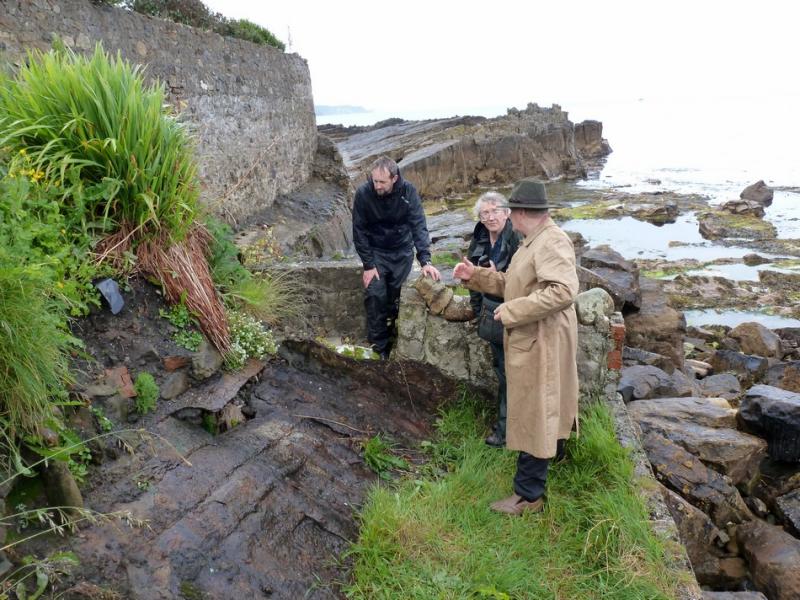[click to go to CHC website]
Mission Statement:
The CHC is a group of professionals and community residents interested in and concerned with the sustainability and long-term viability of Causeway Hospital. We are determined to ensure that both citizens and visitors to the area receive skilled, appropriate and timely interventions to meet their health needs.
To this end we will:
1. Press for the maintaining of acute services at the Causeway Hospital, and especially the retention of:
A 24 hour A & E Unit supported by essential specialisms in Medicine, Surgery and Laboratory Services.
A Consultant- led Maternity Unit
Local In-patient Psychiatric Services
2. Carefully monitor recruitment to posts at the Causeway Hospital and ensure that staffing resources are equitably spread between the hospitals in the Relevant Trusts’ area.
3. Participate in all consultations relating to Health and Social Care.
4. Take any further action necessary to protect the range and quality of work achieved by the Causeway Hospital.
5. Work with Local Council, Health Trust and key partners to ensure the retention of agreed services at Causeway Hospital.
6. Counteract any further perceived threats to the Hospital.
7. Make information available to the general public.
Edwin Poots - Health Minister
Despite what you read in the paper the future of Causeway Hospital is not absolutely secure. If you feel strongly that it should be maintained as a major acute hospital with 24/7 A&E then please, print a copy, cut across where indicated and either:
- complete, sign and post this letter [click link to go to Scribd document] to Mr Poots at the address below,
or
- write your own letter of support to Mr Poots to arrive before 15 January.








